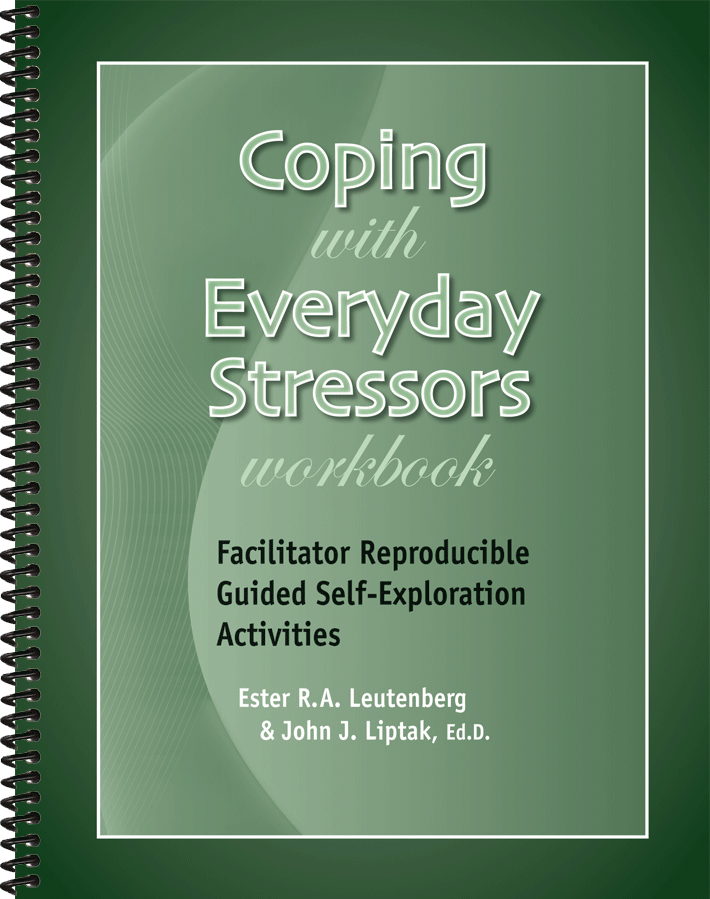*This product may have minor imperfections, such as bent corners, scratches, and scuffs, but is otherwise in good condition.
In our frenetic society, with demands placed upon people in the workplace, school, community, and home, it is more important than ever for people to find creative ways to cope with and maybe even eliminate distress.
Distress is different from eustress (a name for good stress), which is the helpful type of stress, a burst of energy, telling one’s body what to do. It is the type of stress that can help one accomplish tasks, goals, and projects, motivating one to move forward. Eustress becomes distress when it is overdone.
Use the assessments and activities in this workbook to help your clients look at the four prominent dimensions which make up a sense of optimal wellness and help them experience eustress, rather than distress, in their lives.
The activities are divided into four chapters to help you identify and select assessments easily and quickly:
- Chapter 1: Coping with Emotional Stress
This chapter helps participants identify how they can more effectively cope with stress through creative, emotional stress management techniques.
- Chapter 2: Coping with Cognitive Stress
This chapter helps participants identify how they can more effectively cope with stress through creative, cognitive stress management techniques.
- Chapter 3: Coping with Physical Stress
This chapter helps participants identify how they can more effectively cope with stress through creative physical stress management techniques.
- Chapter 4: Coping with Social Stress
This chapter helps participants identify how they can more effectively cope with stress through creative social stress management techniques.
All guided activities are fully reproducible for use with your clients/participants.

